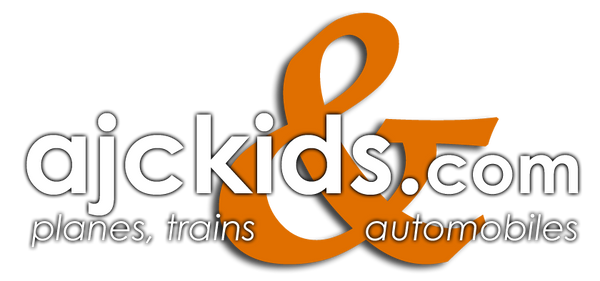Brawa 49624 - Tank Car Uerdingen ZZ [P] "VTG" DB
Lightweight tank car Uerdingen ZZ [P] "VTG" DB
Company number: 33 80 075 0 144-6 [P]
model details
- bogie with three-point bearing
- Extra attached spring packages
- Extra brake system
- metal wheels
- Finely engraved bogies
- brake shoes in wheel plane
- Extra axle brake linkage
VTG is a registered trademark.
Information about the model
In 1939/40, the Cologne-Deutz and Uerdingen wagon factories each developed a four-axle tank wagon in a lightweight design. In direct connection, Westwaggon also created the prototype of the tank tender, which was later used to couple the BR 42 and 52 war locomotives. The development was driven forward in particular by the military, as huge quantities of crude oil and fuel had to be transported for supplies. In order to make maximum use of the available steel contingent, the lightweight construction was used to the full, as with all war designs - but as it soon turned out, this was at the expense of durability. Both manufacturers now developed wagons with self-supporting tanks. While Deutz stuck with head pieces, the Uerdingen design also had longitudinal beams made of bent profiles, which were intended to help absorb the longitudinal compressive forces. The main data of both variants were identical: the length over buffers was 12.40 m, the pivot distance was 6.60 m and the tank held 63 m3. Due to the compact design, this amount led to axle and meter load problems, so that the tank could not be completely filled on all routes. Pressed sheet bogies with an axle base of 2.00 m were used as the running gear. The wagons built up to 1945 were used by the Wifo and the oil companies to supply the Wehrmacht. After 1945, various European companies built the wagons in a further developed form, such as Tatra in Prague in 1946.
In 1955, SEAG delivered almost 500 wagons developed from the Uerdingen type to the United States Transportation Corps (USTC). Due to the war, many wagons were lost or remained with other European state railways. The wagons in the catchment area of the western occupation zones went to the VTG, which emerged from the former Wifo in 1951. In addition, mineral oil companies used other wagons as P wagons and acted as the main tenants of the VTG wagons.
The wagons that remained with the DR remained in the state railway's inventory and were only rented out on a long-term basis, mainly to the PCK Schwedt/Oder. The last wagons were not removed from the inventory until the 1990s and were often still used as railway service or station wagons. They were often still seen in this function after the turn of the millennium.
EAN/UPC: 4012278496245
![Brawa 49624 - Tank Car Uerdingen ZZ [P] "VTG" DB](http://ajckids.com/cdn/shop/files/Brawa-49624.jpg?v=1737648307&width=1445)

![Brawa 49624 - Tank Car Uerdingen ZZ [P] "VTG" DB](http://ajckids.com/cdn/shop/files/Brawa-49624.jpg?v=1737648307&width=1946)
